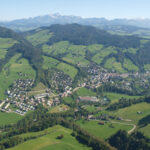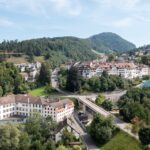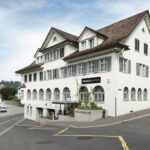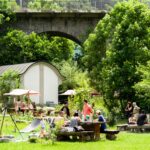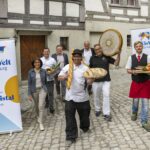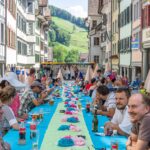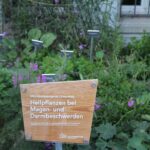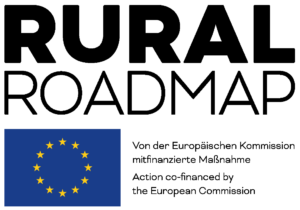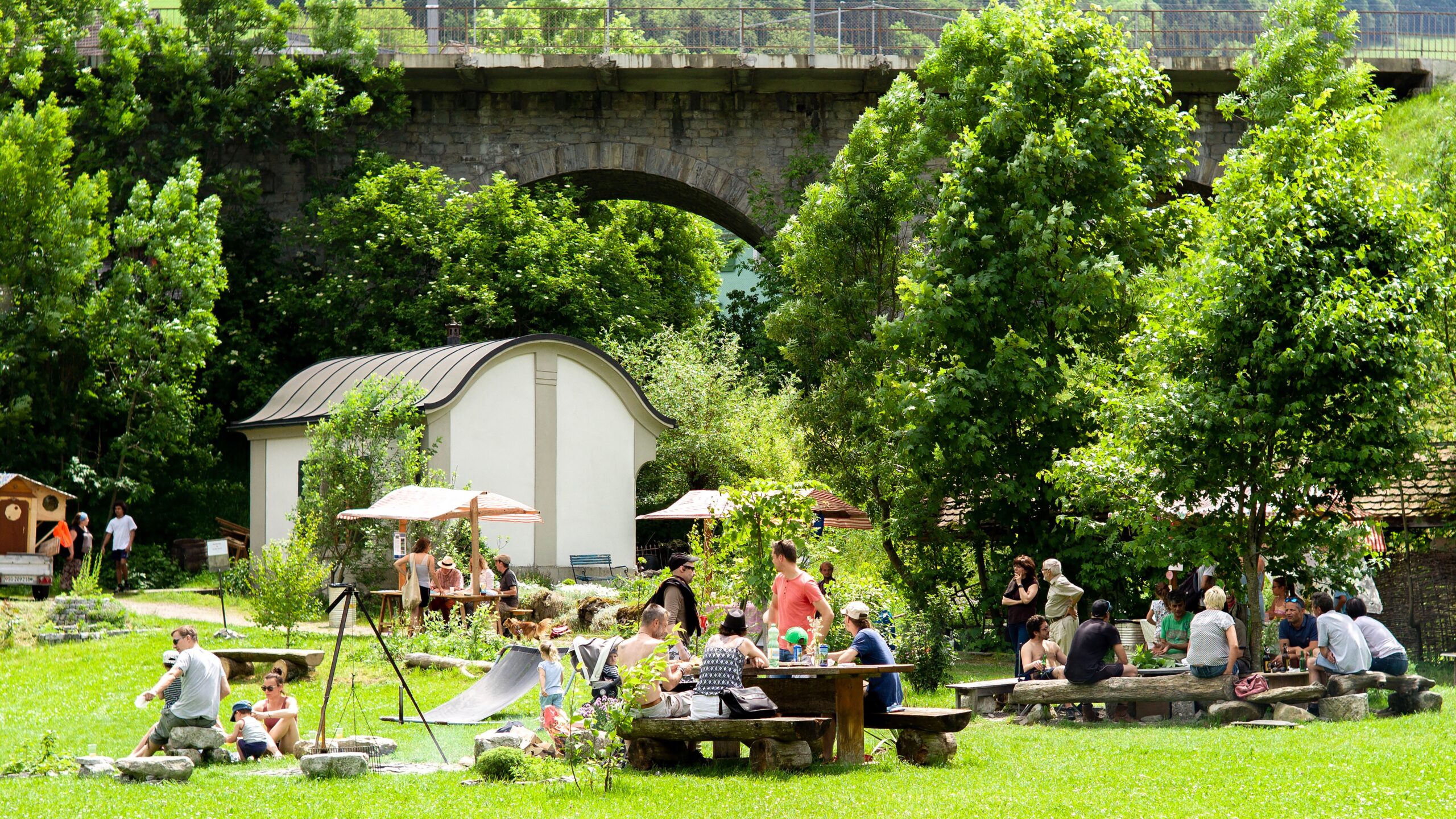
Lichtensteig, Switzerland
The municipality of Lichtensteig is located in the Thurtal, a valley with clearly articulated terrain: the Thur landscape is included in the federal inventory of landscapes and natural monuments in Switzerland. Municipal history can be traced back to the 13th century. The historic old town is listed and was awarded by the Council of Europe for exemplary townscape maintenance. Numerous buildings date back to the 15th century. The apex of population development was in 1990 with 2,046 people, followed by a population low in 2008 with 1,842 inhabitants.
Lichtensteig had to find itself again after a major turning point due to the exodus of key companies (textile industry, banks). Initial restructuring based on a systematic planning concept did not achieve the desired success, which is why the newly elected municipal administration adopted a different, project-focused way of working. This process is embedded in a structured strategy (Mini.Stadt) developed in the course of a participation process and its implementation has already yielded numerous successes.
The community manages the change. An emblematic and outstanding project is the “City Hall for Culture” as a hub of diverse cultural activity: studios and rehearsal rooms, a residence for new art and the Rathaus-Stube offer stages for regional and international artists. The municipality has given this former administration building to an association for use, while the administration itself has moved into the vacant former bank building, which it acquired and finances through partial office rental. In 2017, the municipality set up a family center on the top floor of the former bank building, which serves as a space for encounters, integration, early education, prevention and parent education. It builds bridges, helps and is open to everyone. In addition to the “Lichtensteig Family Center” association, which implemented the project, the Toggenburg mothers and fathers counseling service, the municipality, the canton and volunteers were involved in the planning.
A setback was the closure of the Migros Club School as a result of the pandemic. The change continues and the community lives with and shapes it as it has done so often in the past. Natural soaps are produced in the abandoned police building, a coworking space has been created in the former post office, and a 24/7 shop has been set up in a classic retail store on the ground floor. The currently largest project is the temporary use and conversion of an 8,000 square meter floor space in a former factory, which was taken over by the Stadtufer cooperative and is being developed into a diverse living space.
The community is urban. With three full-time farms, agriculture is of little relevance. The hilly Thur valley around Lichtensteig is mostly forested. Below the old town, the municipality has supported the “Mini.Rebberg” project of the organic wine cooperative. The “ChääsWelt Toggenburg”, located in the center of Lichtensteig, markets over 200 types of cheese produced in Toggenburg. As an interest group, it brings together cheese manufacturers, butchers, bakers, farmers and restaurateurs. It bundles the culinary diversity into tourist experiences and makes them tasty in the truest sense of the word.
Lichtensteig is a “Grünstadt municipality”. This Swiss label covers all matters that promote sustainable green space management and thus improve the quality of life. The certification is based on services already provided, but also requires further measures to guarantee sustainable green space management. In Lichtensteig, the green spaces were recorded and evaluated regarding biodiversity. The public areas were redesigned with site-appropriate plantings with a high level of biodiversity. The implementation was carried out by volunteers under the guidance of the association “Blooming Lichtensteig”.
Since 2014, according to the new Swiss Spatial Planning Act, settlement development has had to be directed even more inwards. For Lichtensteig, this means, among other things, that existing building land reserves must be transferred to a non-building zone, specifically a zoning of 20,000 square meters of building land. The municipal council initiated a large-scale spatial planning and interior development process and proactively met the challenge. Together with the population, a trend-setting spatial vision and strategy was developed. At the same time, three large developments were planned with landowners in order to use the remaining building land in a targeted manner. 100 apartments were built and the zoned areas are legally secured. The municipality also invests in alternative mobility. With the Mini.Velostadt, bicycle infrastructure has been expanded since 2022 in order to increase the proportion of bicycles in traffic. The RegioHub+ project aims to make the train station more attractive as a public transport connection point.
Lichtensteig supports numerous initiatives to create attractive jobs in the city, such as the “Macherzentrum” with a co-working space and contact point for small and young entrepreneurs, the conversion of factories, the town hall for culture and others. The local supply takes place essentially outside the community. Since the beginning of the development process, however, two shops have been opened to sell organic and regional products.
The motto of the community developers “start locally – develop regionally” as well as the identification of the “community as an enabler” describes the attitude and motivation of the community – to build bridges between city and country, between citizens and experts, between the local and regional, between present and future. Lichtensteig proves that today’s great challenges can be successfully tackled and that people not only support this, but want to actively partake in it.
All joint projects are carried out in a participatory manner. Responsibility is transferred directly to citizens and associations and is often financed with outside capital, for example from foundations. The various networks and associations, such as Zeitgut, Netzwerk 60+, the “Playgrounds and Meeting Places working group”, “Bloomings Lichtensteig – Grünstadtlabel” and many others actively involve people. The participatory principle with civic engagement is part of the self-image. Today’s world challenges people and often unsettles them. Local roots are therefore all the more important. The joint approach in Lichtensteig strengthens the cohesion in the village, overcomes rifts and brings a wide variety of people together.
Evaluated: 2022
